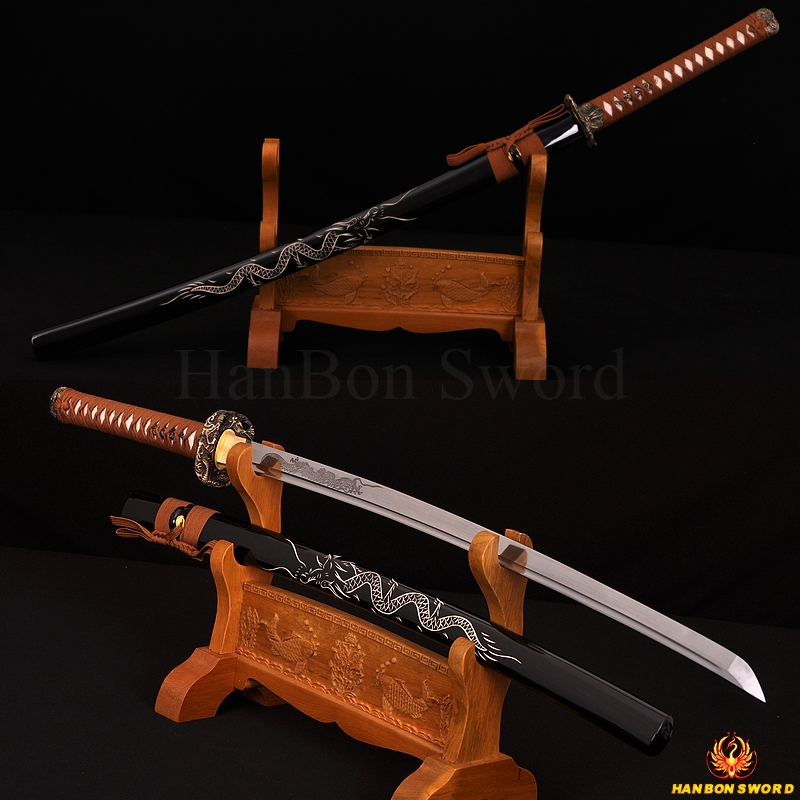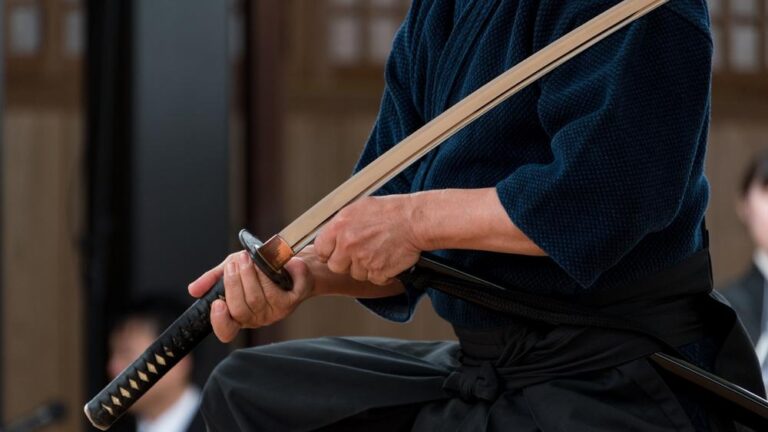

No use in condemning the false if no truth is offered, nor is there all that much worth in offering the truth without the mention that the preconceived notion is indeed incorrect. I feel that both in unison are necessary. Topics on the subject are not prohibited, but readers are encouraged to link to this topic explaining the official stance. We do not condone the modern-day use of swords as actual weapons.
#BUYING AUTHENTIC KATANA MODS#
Finally, be aware that Reddit automatically shadow-blocks posts that link to your own materials too often as mods we have zero ability to stop this. Also, avoid posting many similar topics in a very short period (e.g. This isn't a classifieds list, but we do welcome makers, sellers, and teachers willing to engage with the community. You can promote your own works and services, as long as you identify them as such. Vote spamming is not just rude but dishonest. If you are tired of newbie questions, it is better to link wiki posts or old topics than to spread negativity. Debate is welcome, but don't demean others, and exercise tact regarding people's property.
#BUYING AUTHENTIC KATANA HOW TO#
Real swords, decorative, historical, fantasy humor, social, ID requests, shopping help, art all sword-related topics are welcome (we are not very strict about topicality)! Please check out the wiki! How to use (#s)īe civil. Some of his famous works are the Ishikiri (Stone Cutter), Kabutowari (Helmet Cutter), and the Teppokiri (Gun Cutter).A subreddit for enthusiasts, practitioners, collectors, and investigators of swords (and related historical weapons). He created some of the sharpest swords and was rated at Sai-jo O-wazamono or grandmaster of excellent sharpness. Masamune, Japan’s greatest swordsmith, had ten famous students one of them was Kanemitsu. To conclude, Katana’s sharpness depends on the swordsmith and polisher’s skill. Today, swordsmiths still utilize the same method of sharpening for any blade. After using low-grit stones, they switched to using finer stones with higher grit to complete the process.Īnother type of polishing stone that sword polishers used were Japanese water stones. The sword polisher started the process of sharpening the blade with low-grit grinding stones. Today, the value of these grinding stones are as high as the sword. The sword polisher utilized grinding stones, which slightly shed off the blade’s edge to achieve a high level of sharpness. Since feudal Japan, the process of sharpening the Katana blade has not changed. This person sharpened and polished the blade. Aside from forging the blade with the Tamahagane, the swordsmith passed the sword to the sword polisher. Like forging a sword, sharpening the Japanese Katana took a lot of time. This high-carbon steel allowed swordsmiths to give the blade a razor-sharp edge. They utilized two kinds of Tamahagane one was high in carbon, which had a high level of hardness. Tamahagane is the type of steel that Japanese swordsmiths used to create swords. However, swordsmiths used specific materials to ensure the sharpness of the Katana.

Technically, claims state that the Obsidian still has the sharpest edge. The result of this procedure produces a blade with a serious edge while the entire blade is kept flexible. It will then be heated to about 750-degrees Celsius then quenched in water to cool the edge faster. You’d need thick layers on the spine and thin layers on its cutting edge. The practice consists of covering the blade in a layer of clay. An additionally flexible jacket should also surround it.Ĭlay and differential hardening is where the concept of a soft spine and hard edge enters.

With that, the general principle of the procedure is to produce a blade with a hard edge. The melding produces a blade for holding a sharp edge without it snapping. All these have one thing in common, and that’s taking steel billets of different hardness then fusing them. These include the most simple form, Kobuse, Sanmai, and Shoshu Kitae for the most complicated. Lamination contributes to the vital physical aspects of a Katana, and there are different ways of doing it. This process produced the Tamahagane or jewel steel. It took 72 hours to complete the purification technique, and they did this in a specially-made furnace, the Tatara. But due to the innovative skill of swordsmiths, they utilized various slabs of impure iron then purified them using flame. In ancient Japan, quality of iron ore wasn’t that good. Yet despite the drop in the number of folds, it’s still able to create impressive numbers of layers, often reaching over 32,000. These include folding, laminating, and differential hardening, which are challenging tasks that require thorough and proper craftsmanship to create a perfect Katana.ĭo take note that the method of folding a Katana does not take a thousand times.


 0 kommentar(er)
0 kommentar(er)
